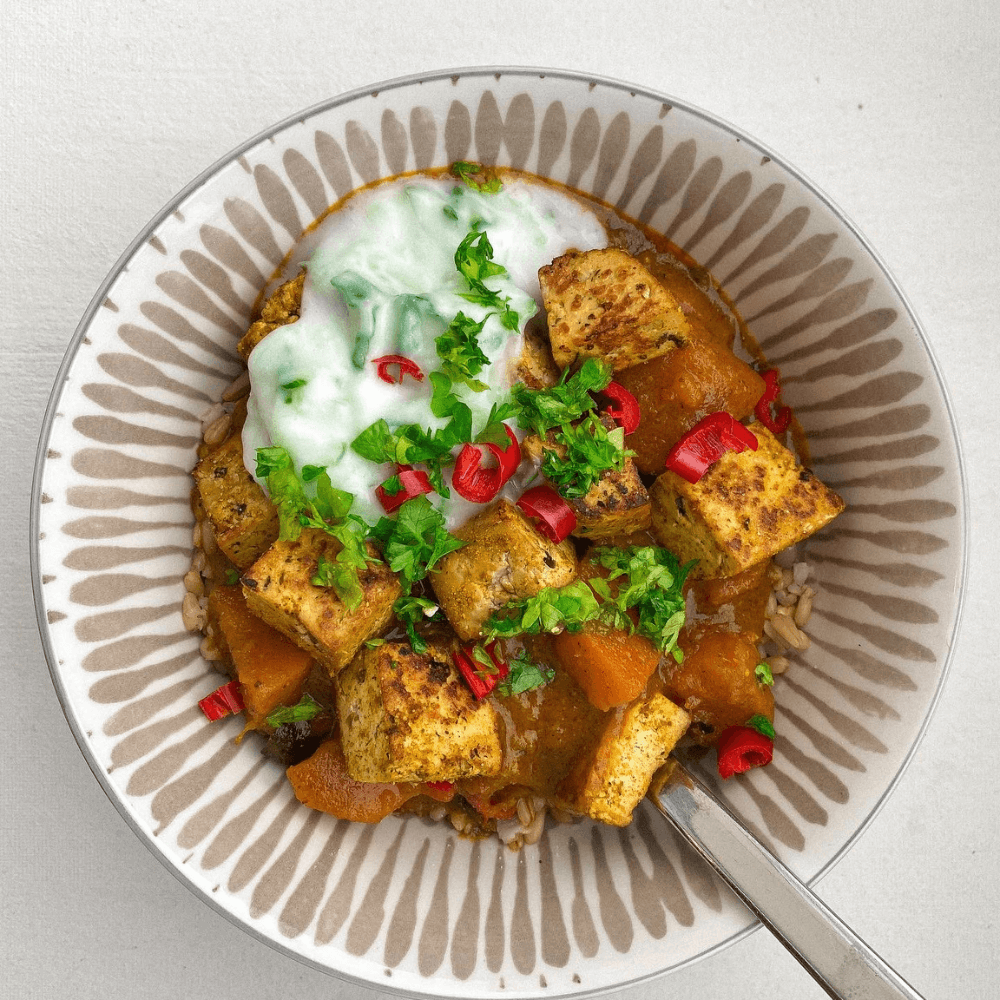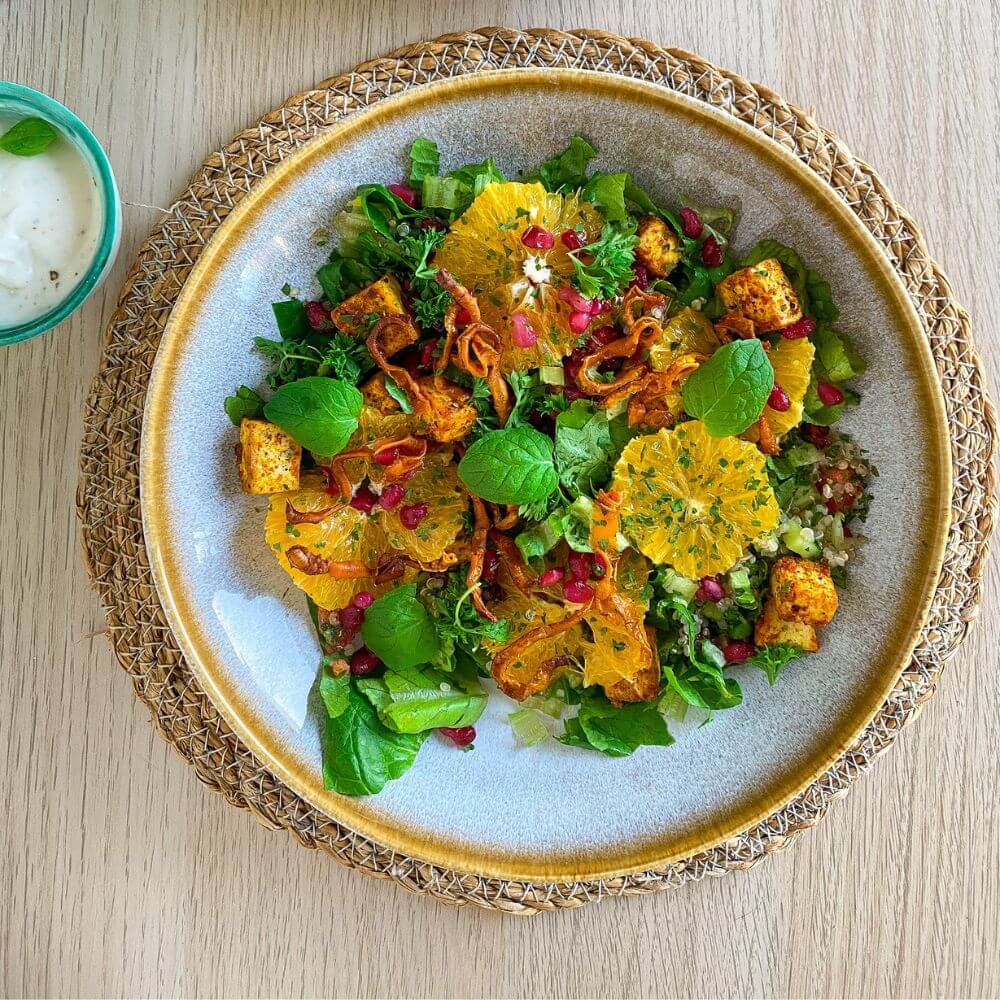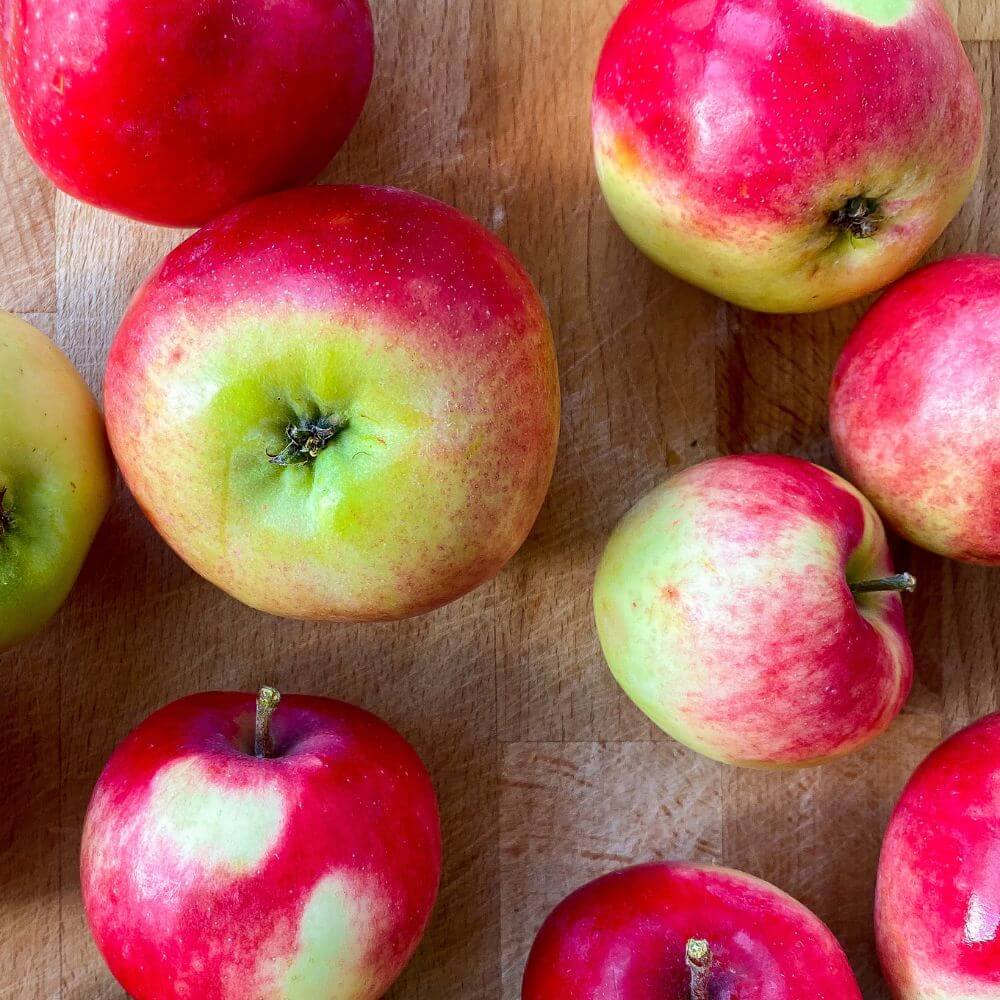
Eat the Season – November
Eat the season – November edition!
In a nutshell, eating seasonally means that you enjoy fruits, vegetables, and other produce that’s currently in season. In the best case, they are also locally produced <3 For example, seasonal fruits like apples and pears are at their peak season during the fall, so when you grab a bag of pears from your local grocery store, you know they are going to be eeextra juicy, and flavorful.
I wanted to write this “eat the season” blog post to encourage others (and myself) to eat more seasonally and experiment with new flavors and vegetables. Maybe that means trying a new recipe for a vegetable that you’ve never even heard of or cooking your favorite veggie in different ways!
I live in the Northern Hemisphere (Finland) so most of the produce mentioned is at its peak season in Europe. I did notice that there are a lot of similarities will seasonal veggies & fruit between Europe and North America, so maybe this list can still be helpful for you 😊

Eat the season – November seasonal vegetables
Let’s start with all the beautiful vegetables that are in season in November 💛 When the colder months hit, your body naturally starts to crave something warming, nourishing and comforting. That’s when it’s time to enjoy hot soups, harvest bowls, warm and spicy curries, and roasted vegetables…Everything you can cook from November’s star ingredients!
Sweet potato
One of my ALL TIME favorite vegetables! Sweet potatoes are super versatile; you can use them in curries, soups, and salad bowls (just to name a few!). You can also make a dip with sweet potato or use them when you are baking something sweet. ps. sweet potato brownie recipe coming soon… 😋
Winter squash
Different winter squash varieties like butternut squash, Hokkaido pumpkin, acorn, carnival, spaghetti squash, and acorn (the list goes on and on..) are in their peak season during the early to late fall. Roast them in the oven and add them to your warm fall salads or blend them into a thick sauce and enjoy them as a delicious pasta sauce. Also great for baking, soups, stews, and curries!
Cabbages
Different cabbages such as white cabbage, black cabbage, red cabbage, brussels sprouts, and kale are super affordable during their peak season, which is normally early to late fall. Cabbages are great for different soups, salads, and stews for example. They are affordable, and beneficial for your gut health.
If you have IBS or problems with digesting cabbages, try making your own sauerkraut or kimchi! The fermentation process makes it easier for your gut to digest everything + it’s super nutritious.
Rutabaga and Turnip
Try switching things up by adding some rutabaga or turnip (or both) to your potato mash! With a drizzle of olive oil and a pinch of salt, you can easily roast these root vegetables in the oven and serve them with your salad and a salmon fillet. Yam!

Carrots
Another one of my favorite veggies! Carrots are a great source of vitamins and minerals, and they are super versatile in the kitchen. You can enhance its flavor by pairing it with herbs and spices such as tarragon, rosemary, thyme, parsley, and ginger. A little drizzle of honey will enhance the delicious sweetness.
My favorite ways to use carrots are in soups, purees, curries, veggie patties, and muffins. Carrot fries and roasted oven carrots are also in constant rotation in my kitchen! A couple of weeks ago I made THE best carrot cake spiced granola using dehydrated carrots (sounds more difficult than it was, I promise 🤞🏽). I think you should try it. It was bomb.
Beets
Roasted in the oven with herbs and drizzled with some honey….arguably my favorite way to eat beets. They also taste great in veggie balls, hummus, stews, and warm salads. Beet pairs well with a variety of different herbs such as thyme, rosemary, tarragon, and parsley. Balsamic vinegar + walnuts + beets are also a match made in heaven.
Shallots, leeks
Shallots and leeks are both mild onions and you can use both of them in multiple different ways. Shallots are great for homemade salad dressings, stews, sauces, and roast bowls,
I love using leeks for soups, pies, salads, pasta, homemade vegetable stock, and veggie patties. Leeks are also IBS-friendly and great if you want to add onion-y flavor to your dish without dying hahah,
Parsnip
Parsnip is a root vegetable that works great in purees, roast bowls, soups, and vegetable patties. It also adds a great flavor to homemade vegetable stocks and sweet or savory baking. It has a slightly nutty, creamy, and sweet taste to it, and I love adding parsley and olive oil whenever I’m cooking with it,
Celeriac
Celeriac is great for soups, stews, vegetable mash, and veggie fries. You can also roast it in the oven and use your favorite spices to give it flavor.

Eat the season – November seasonal fruits and berries
Get the much-needed energy and vitamin C from all of the delicious and sweet November fruits💛 Now that it’s getting colder and darker outside, I take all the help I can get to feel more energized haha. I love seeing different colors on my plate and just the visuals and the scent of satsumas or pomegranate seeds give me so much joy!!
Pomegranate
Sometimes a bit tricky to peel but WORTH EVERY SECOND. Pomegranate seeds add the perfect crunch and slightly sour, but sweet flavor to different salads, stews, and curries. Another way of eating them? De-seed them, scrape them onto a bowl and grab a spoon. Deeeelicious.
Satsuma
Satsumas <3 I love citrus fruits! They are low fodmap, filled with vitamin C and the smell of them cheers you up even in the dark and cold fall mornings. The seedless little satsuma is perfect for snacking and every fall I find myself getting addicted to these. They are just too good!
You add satsumas to your smoothies and salads or turn them into a homemade sorbet or jam!
Persimmon
Persimmon season is waaaay too short so from late October – January I make a promise to myself to eat ATLEAST one persimmon (or kaki as I grew up calling it) a week. Maybe more. Most likely more.
I love using persimmons in my morning oats, and in my salad bowls (slightly roasted – ahh, yummy). They also make great salsa with some lime juice and red chili. The fruit itself is super sweet, so sometimes I like to tone it down with some acid.
Also, try sprinkling some cinnamon on top of it the next time you eat one 😎
Cranberries
Cranberries are great for adding tanginess to sweet and savory dishes. Balance sweet desserts by adding some sour cranberries or make a delicious cranberry sauce for your savory meals. You can also dry your cranberries and make homemade granola!

Apples
Apples are probably the first fruit that comes to my mind when I think of seasonal fall fruits, and the scent of apple and cinnamon is one of the coziest and most inviting scents you can imagine 🤍
Apples are perfect for snacking (dipped in peanut or almond butter, yam!), apple pies, muffins, apple sauces, salads, stews, granola, soups….baking..literally everything! They are super versatile and inexpensive and you can use them in so many ways.
Pears
I swear pears are one of THE best fruits to add to your salad. Pears are great in pies, crumbles, cakes, chutneys, and so many desserts.
Pear pairs sooo well with other fall flavors such as apple, cinnamon, ginger, and clover.
Grapes
Is there anything better than a fridge-cold, and crispy-skinned grape??
I love adding grapes to my salads (especially good with avocado and walnuts), and yogurt bowls. Most of of the time I just eat them as a snack whenever I’m craving something sweet.
Ps. if you haven’t yet tried freezing your grapes…try it. I swear they taste like you are eating a bite-sized sorbet. (or just blend frozen grapes in a blender with some lime/lemon juice and a pinch of sweetener and you’ll get a “real” sorbet)
